16 Free Mechanical Components transparent PNG images
Explore our comprehensive collection of 16 free AI-generated Mechanical Components images, featuring a diverse range of stock photos, 3D objects, vectors, and detailed technical illustrations. Each high-resolution image captures the precision and complexity of mechanical engineering, from gears and bearings to complex assemblies. Take advantage of our 'open in editor' feature to fine-tune prompts and regenerate images to match your specific technical requirements.
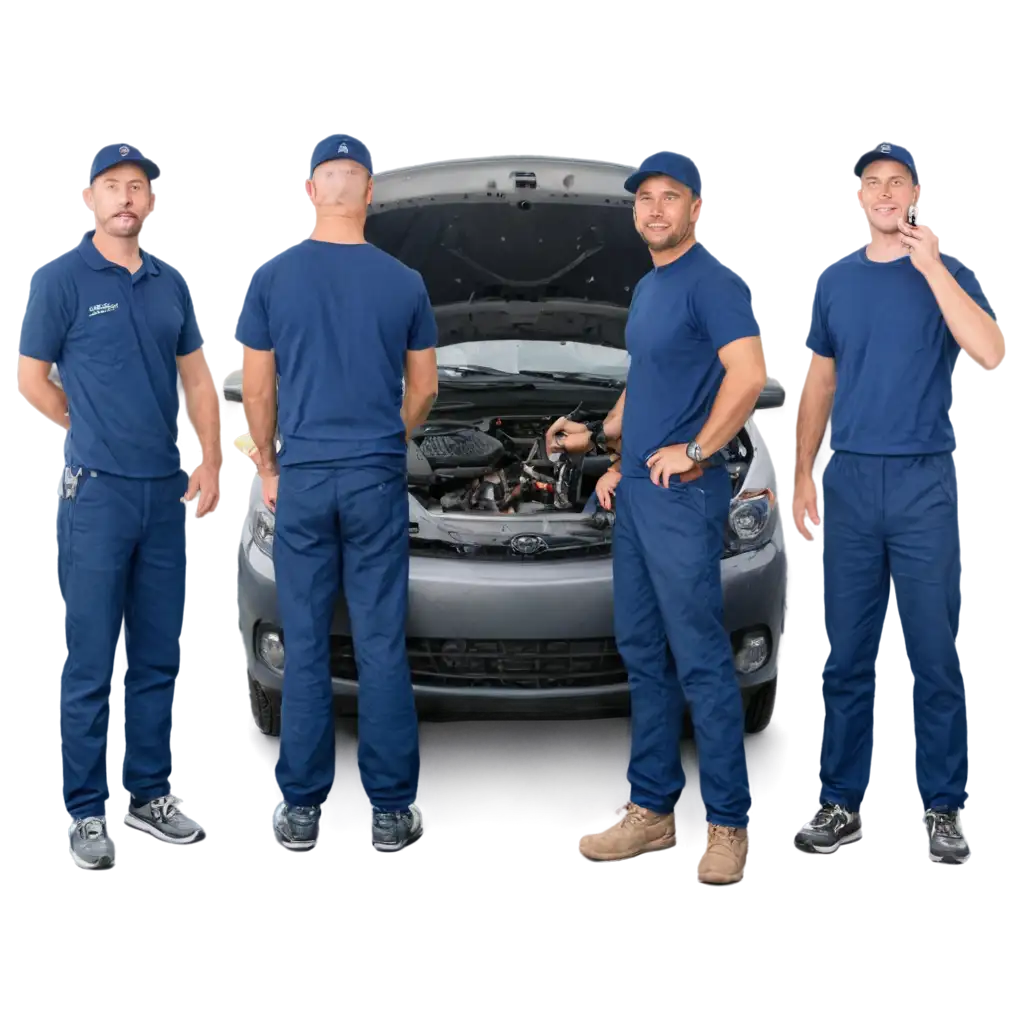

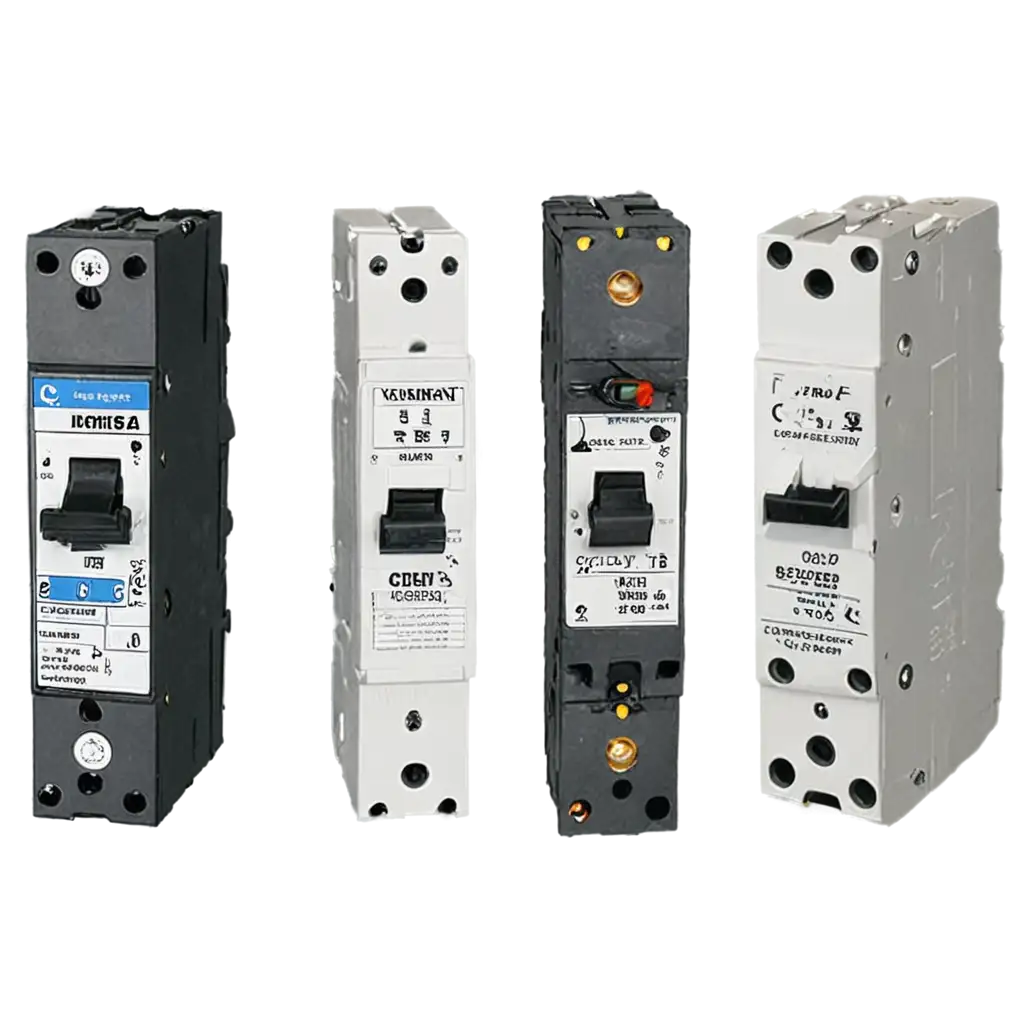
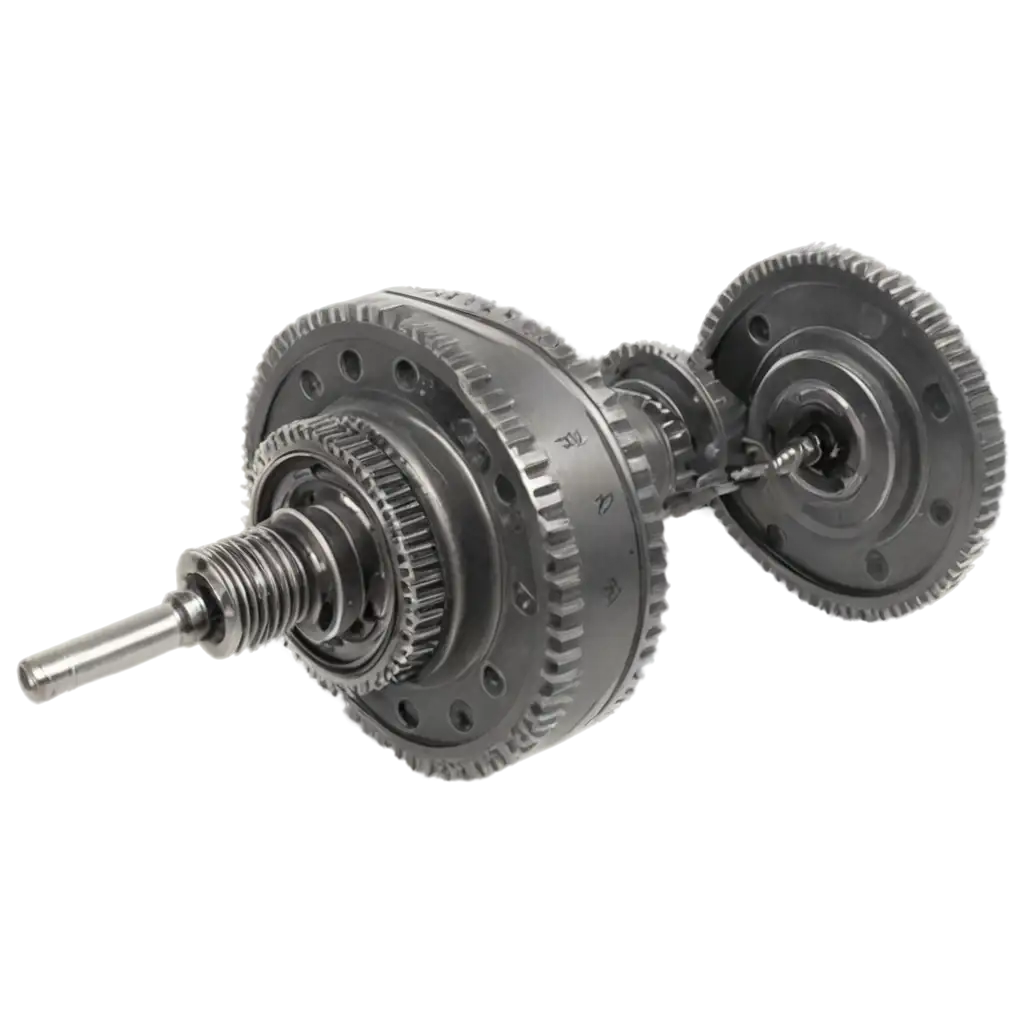
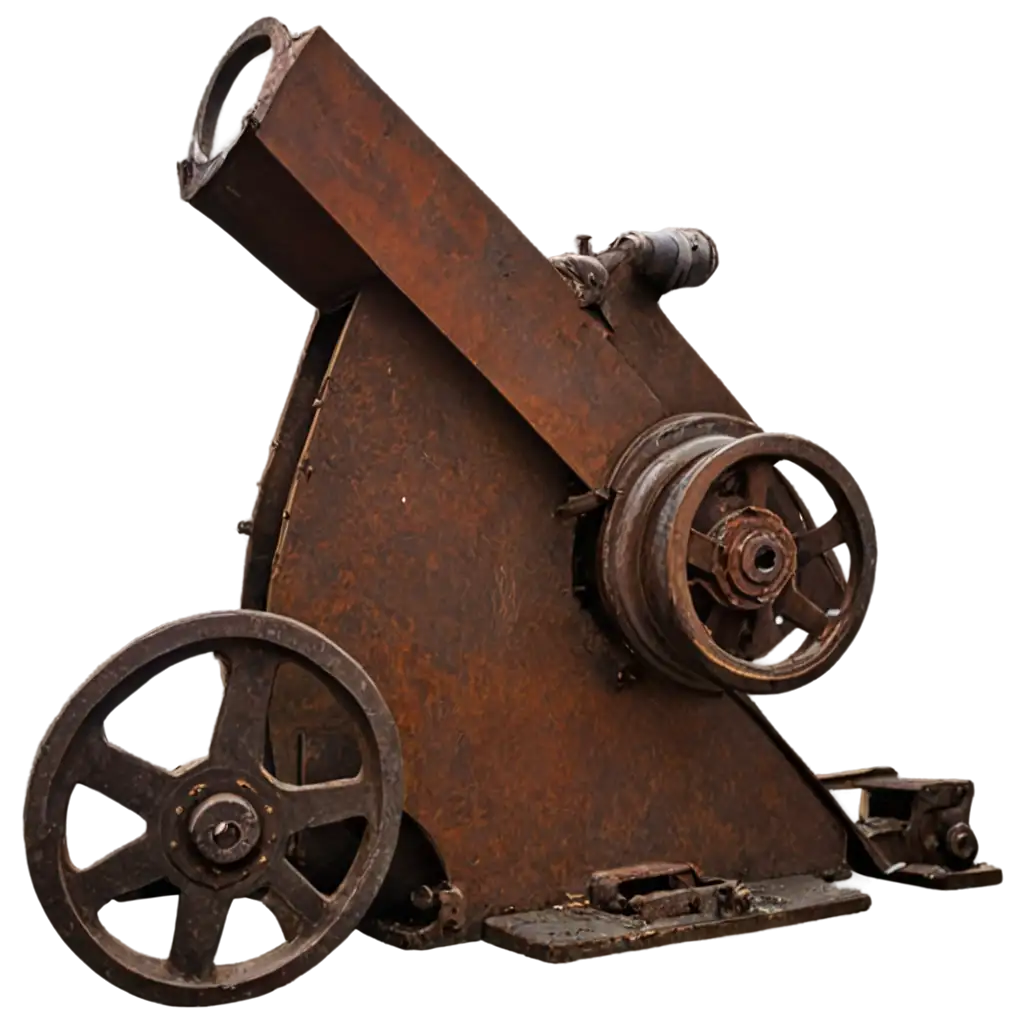
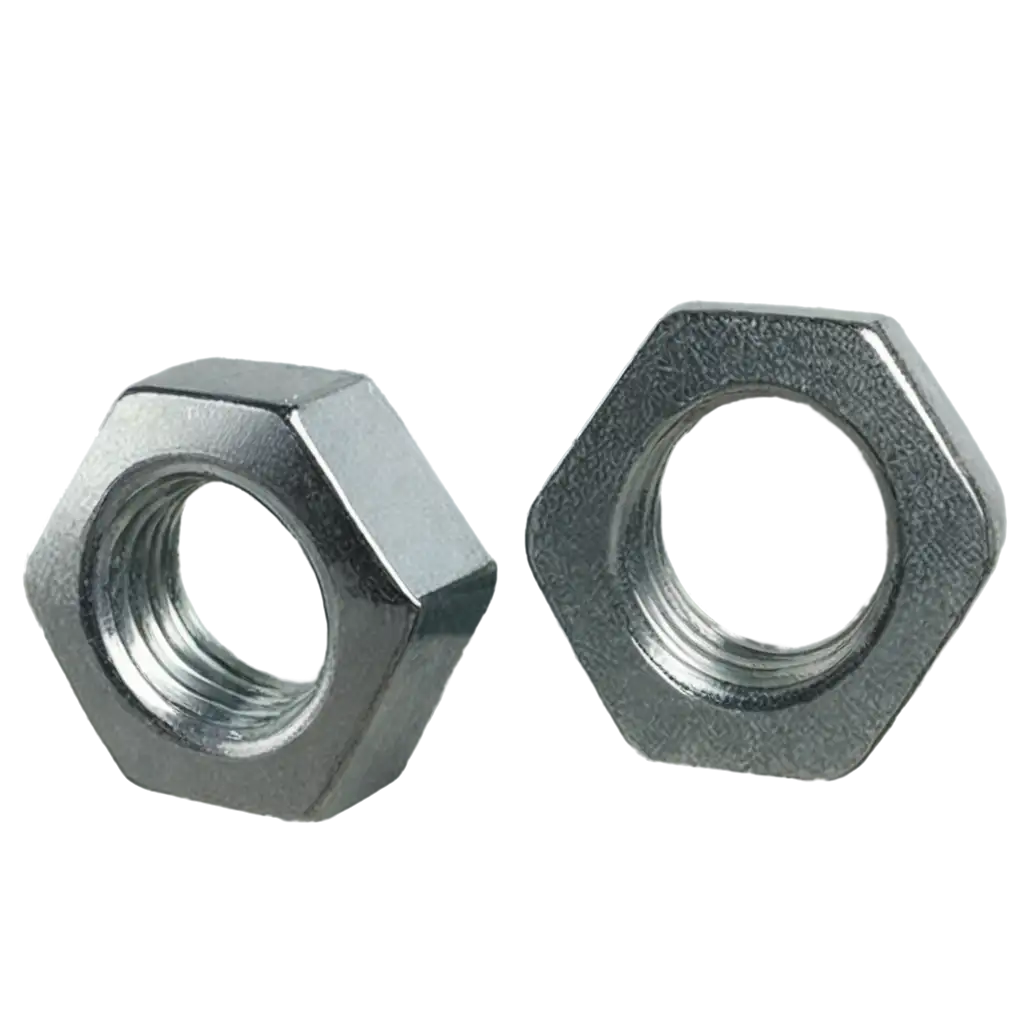
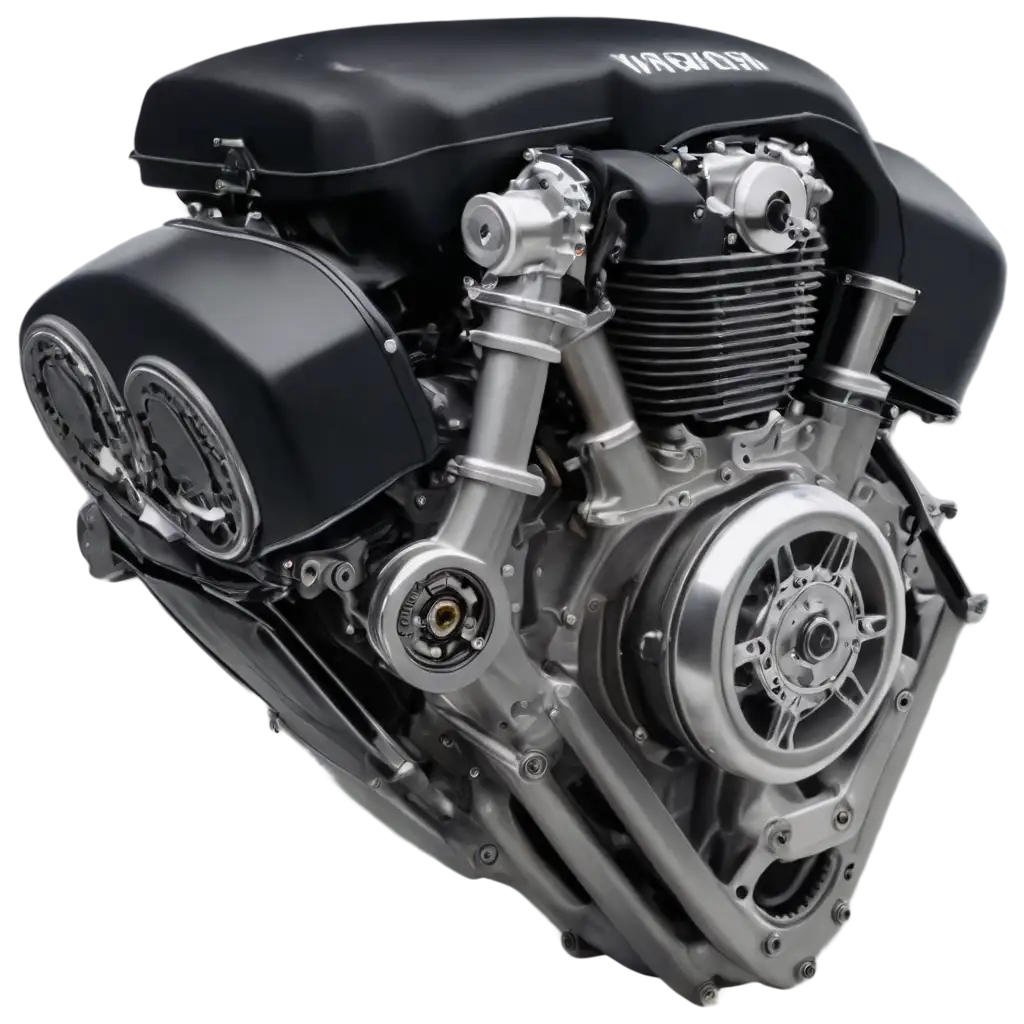
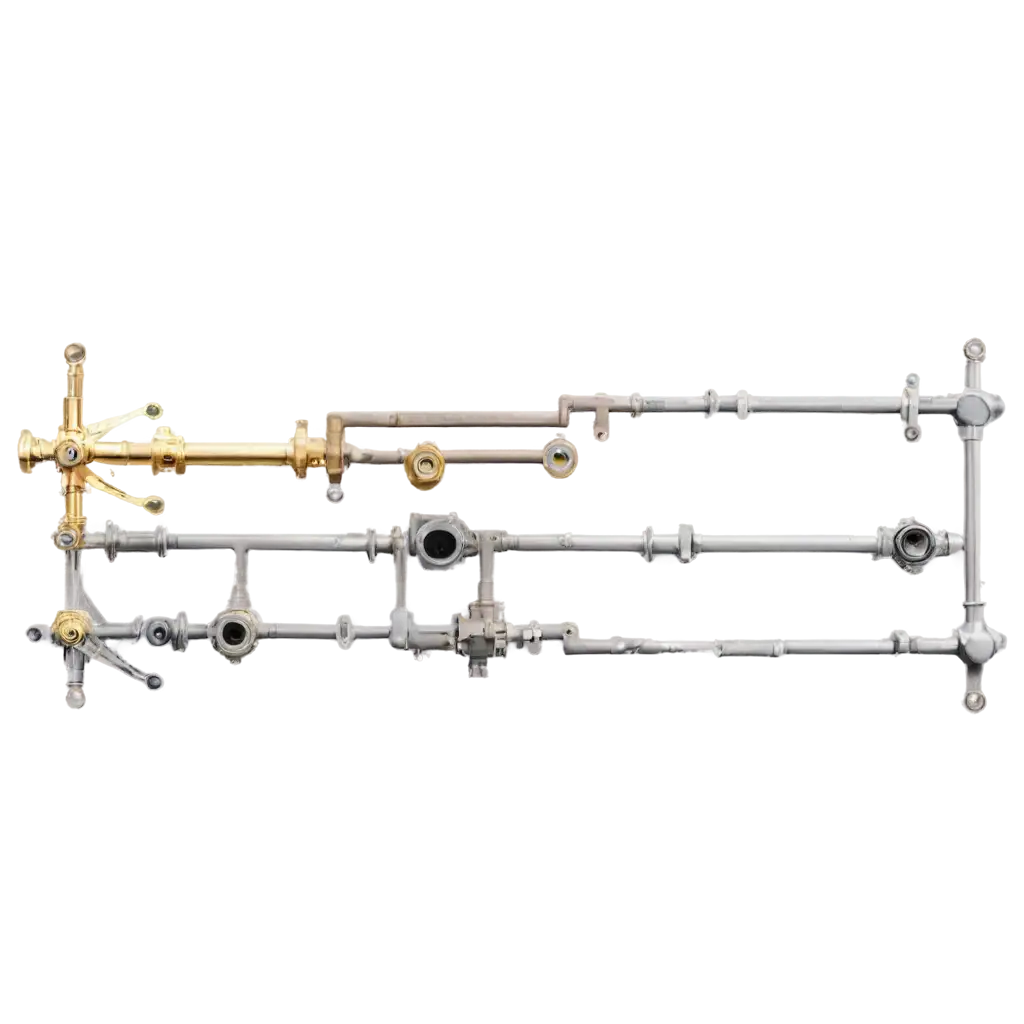

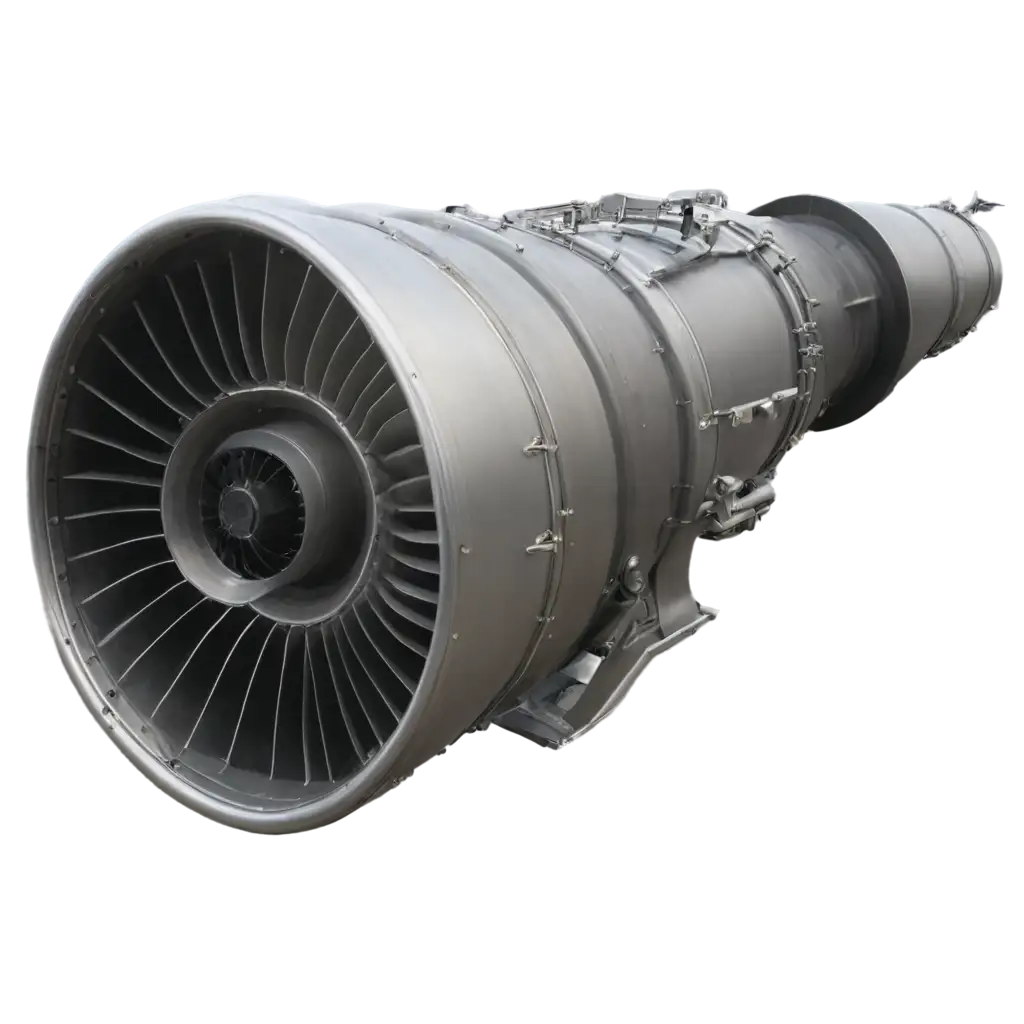
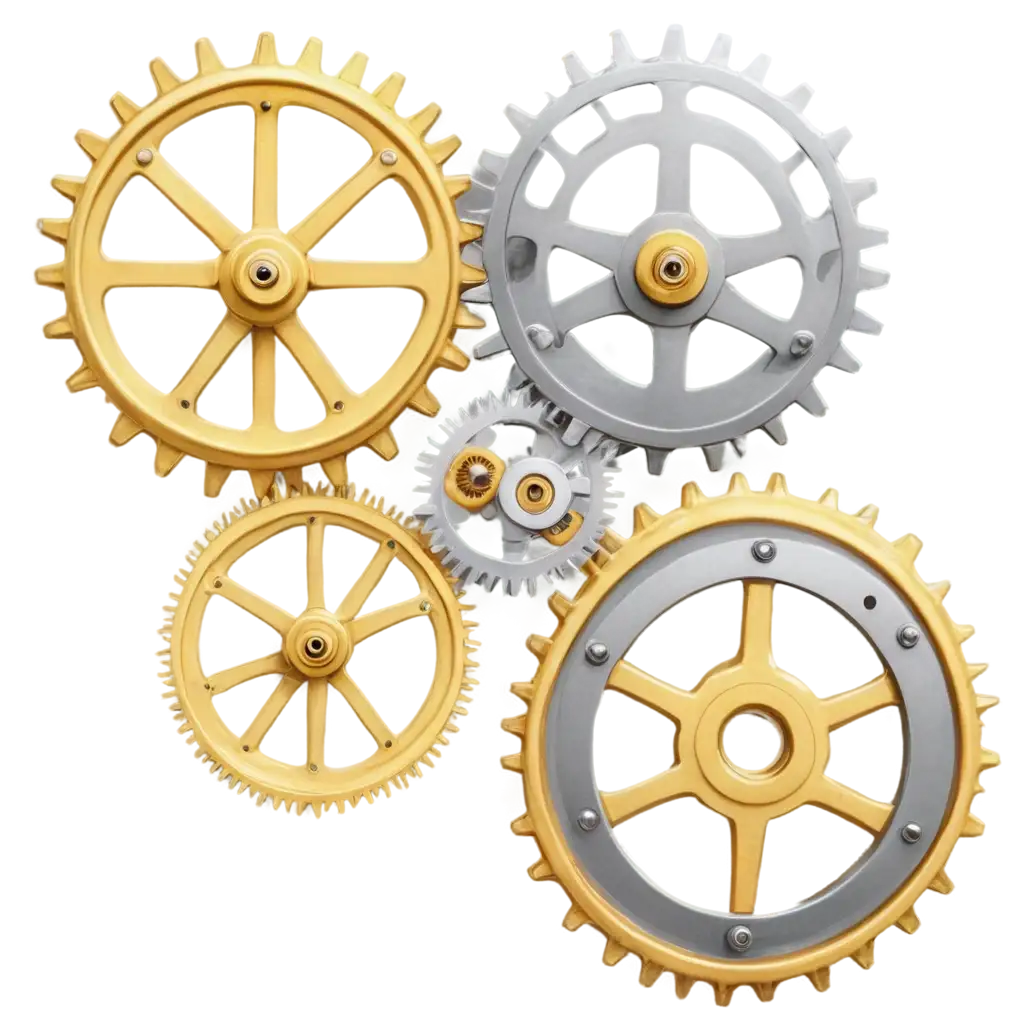
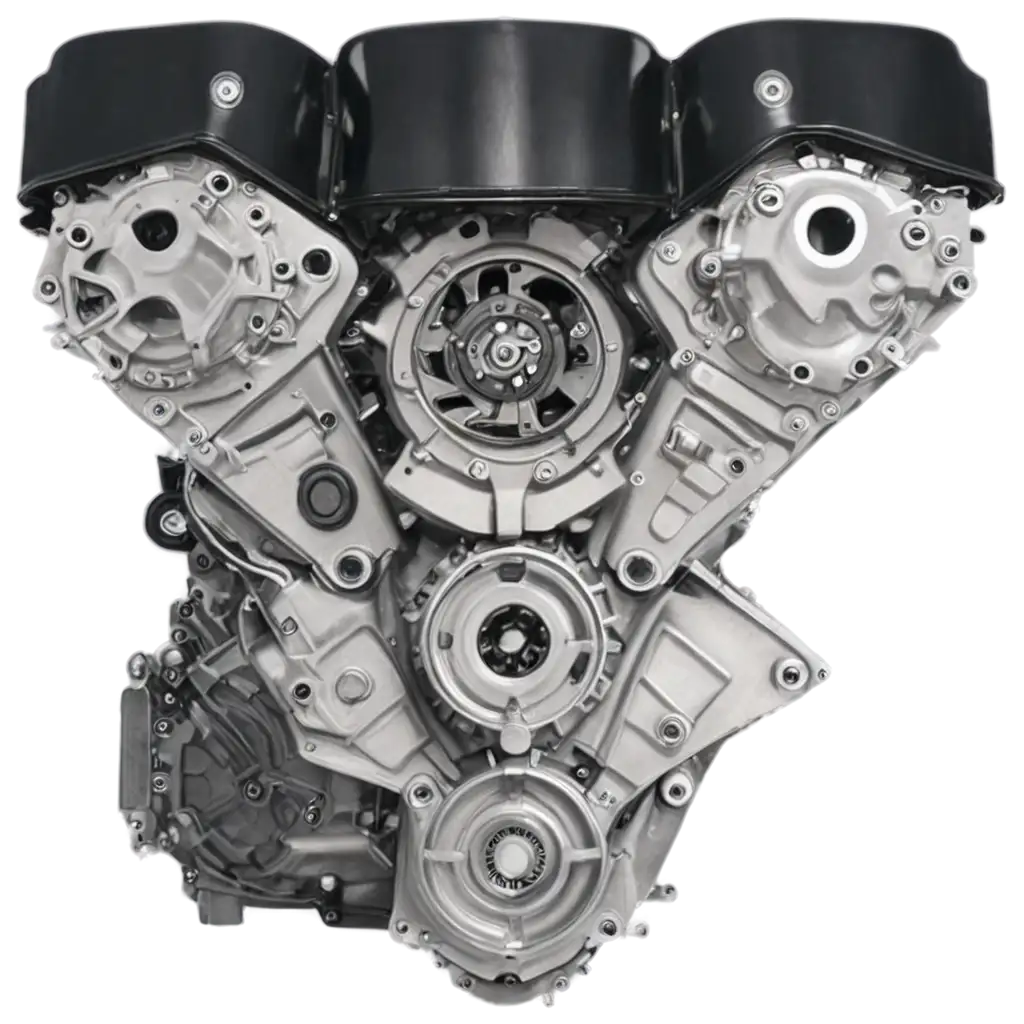
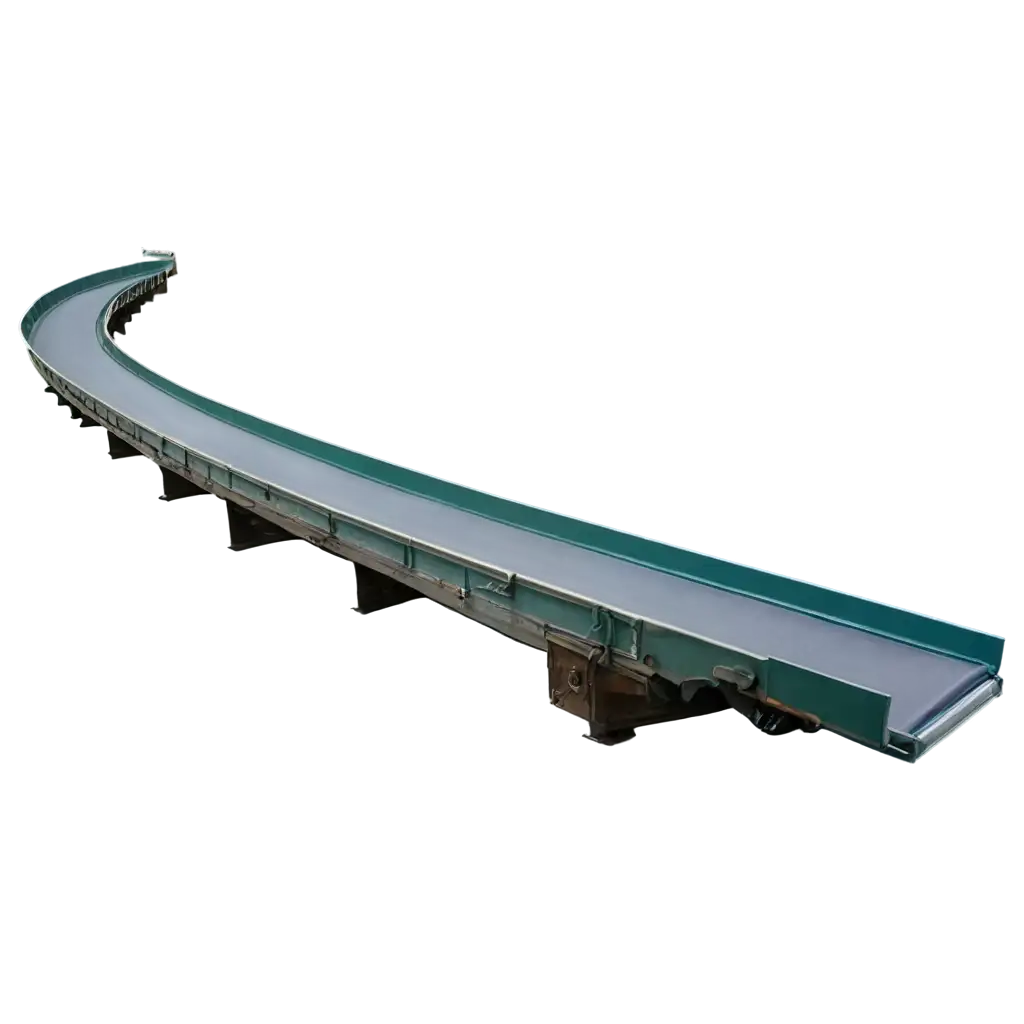
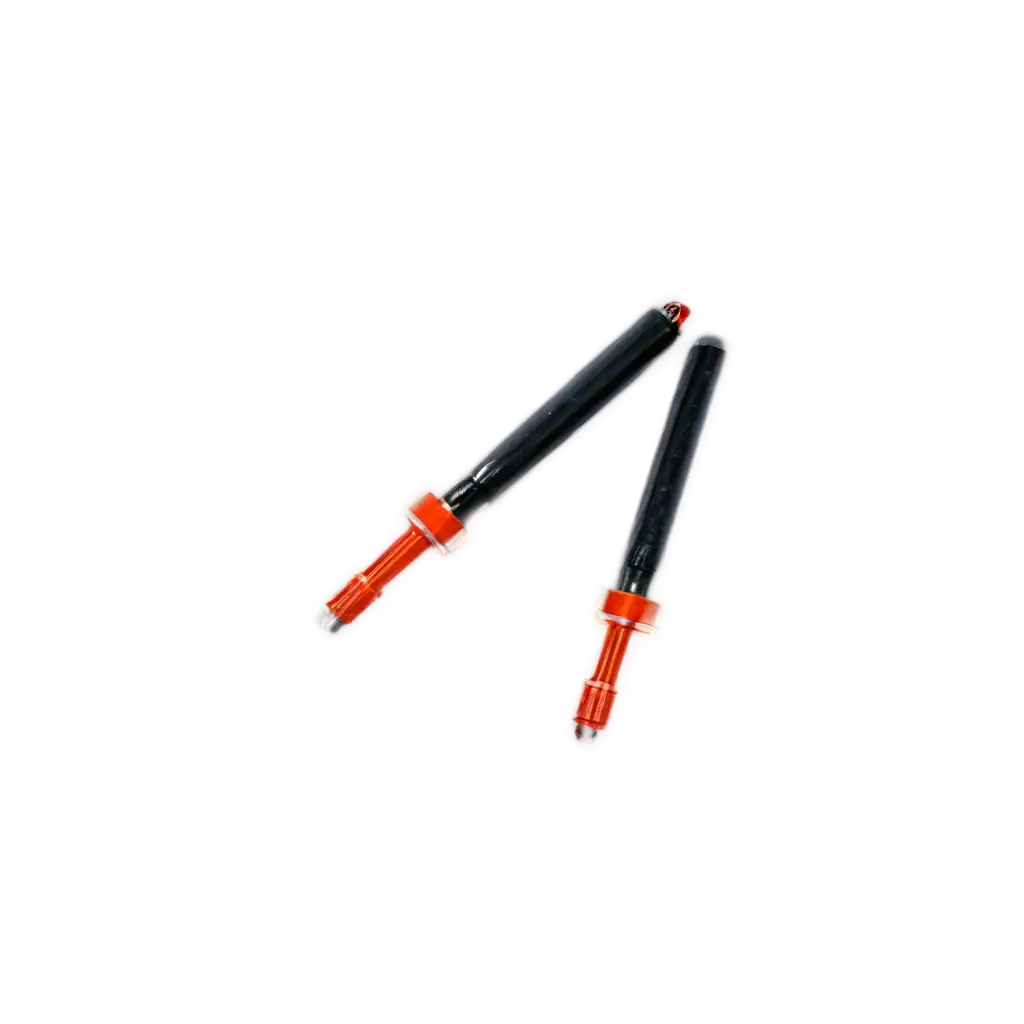
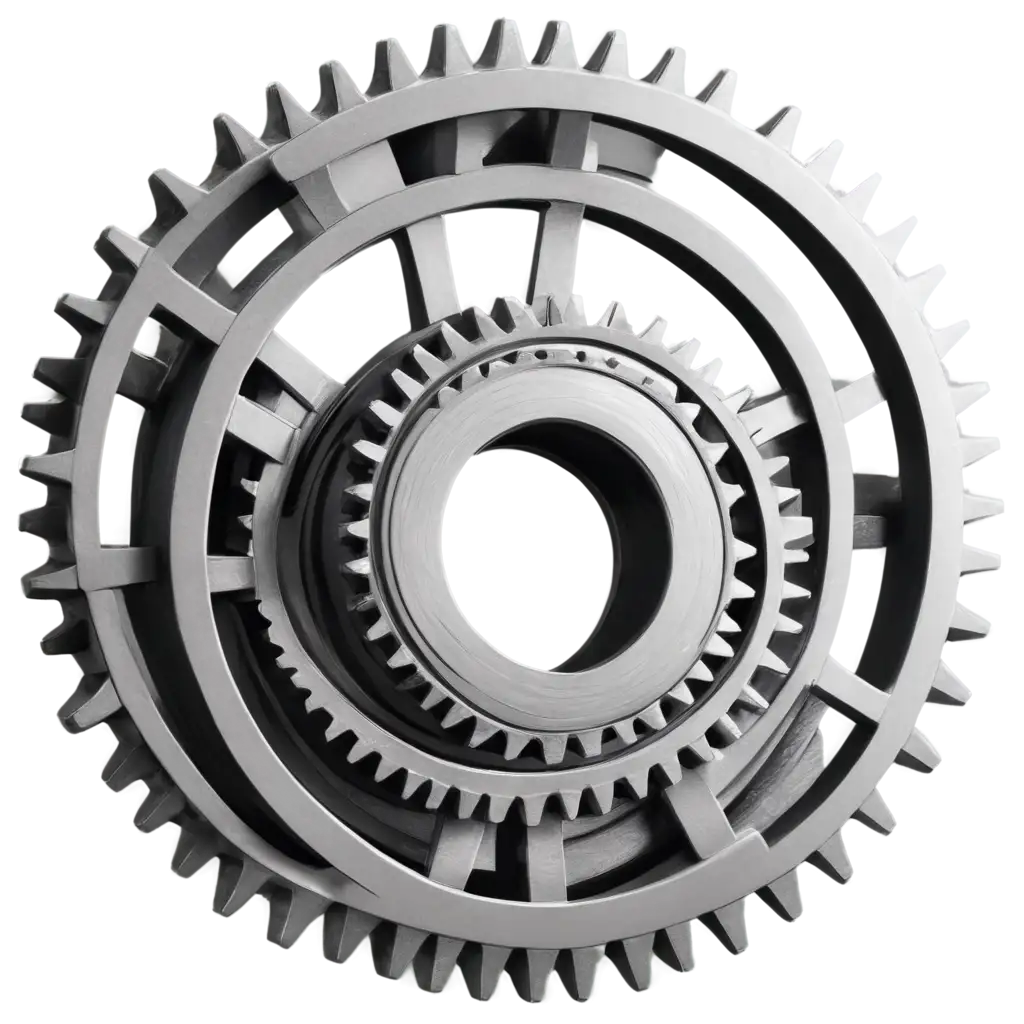
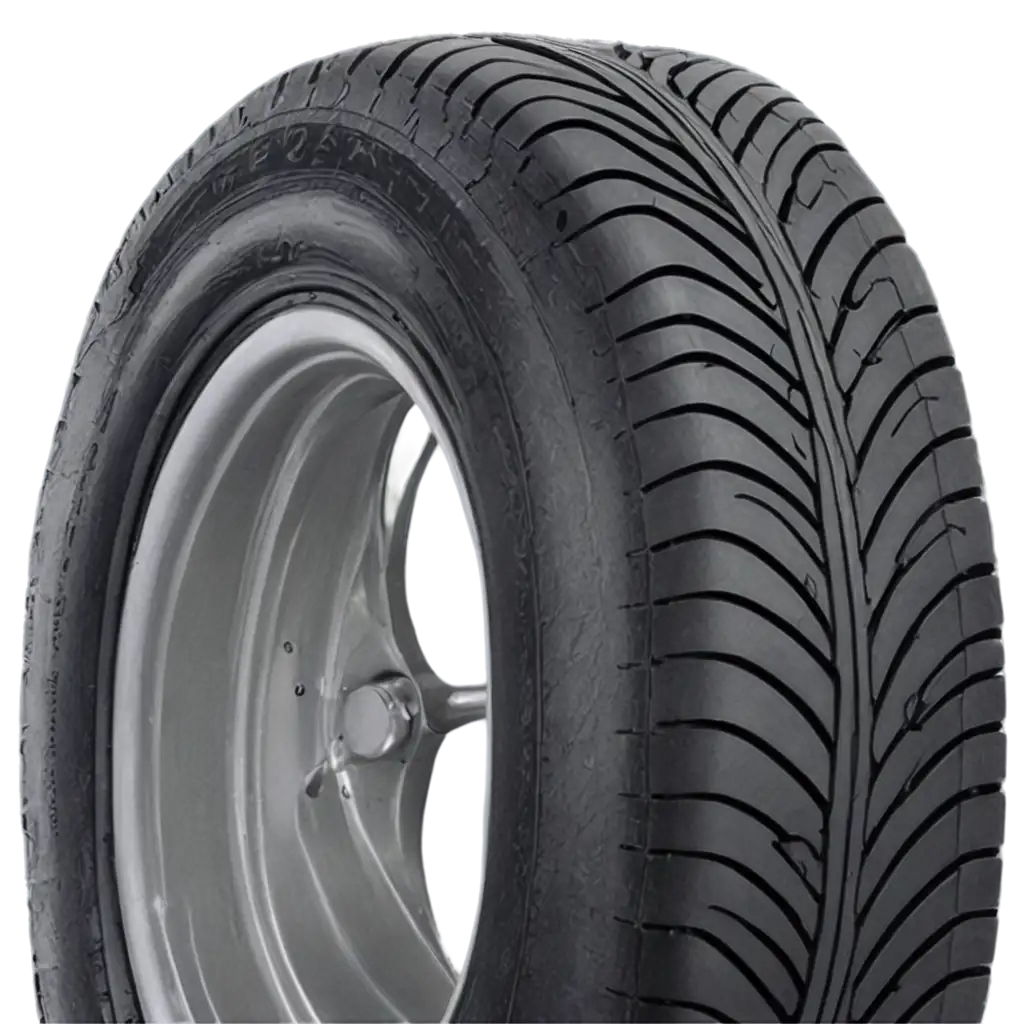
Related Tags
Mechanical components form the building blocks of modern machinery and engineering systems. Key categories include power transmission components like gears, pulleys, and belts; fastening elements such as bolts, nuts, and rivets; and motion control devices including bearings, cams, and linkages. Each component type serves specific functions in mechanical systems, from converting rotational motion to linear movement, to securing assemblies and reducing friction. Understanding these fundamental elements is crucial for engineers, designers, and technical illustrators working on mechanical projects.
Essential Types of Mechanical Components in Engineering Design
Modern visualization of mechanical components combines traditional technical drawing principles with advanced digital rendering capabilities. 3D modeling software enables the creation of highly detailed component representations, complete with material properties, surface finishes, and accurate dimensions. Key visualization techniques include exploded views for assembly documentation, cross-sectional analysis for internal mechanics, and motion studies for kinematic understanding. These digital tools allow for both photorealistic rendering and technical accuracy, essential for engineering documentation and marketing materials.
Digital Visualization Techniques for Mechanical Components
High-quality mechanical component imagery serves multiple purposes across various industries. In technical documentation, detailed illustrations facilitate assembly instructions and maintenance manuals. Marketing departments utilize photorealistic renders for product catalogs and promotional materials. Educational institutions rely on clear, detailed component visualizations for teaching mechanical engineering principles. The manufacturing sector benefits from precise technical drawings for production planning and quality control. These images also play a crucial role in patent applications, where clear visual representation of mechanical innovations is essential.
Applications of Mechanical Component Imagery in Industry
The future of mechanical component visualization is being shaped by emerging technologies and changing industry needs. Augmented reality (AR) and virtual reality (VR) are enabling interactive 3D visualization of components in real-time. Artificial intelligence is streamlining the design process through generative design algorithms, creating optimized component shapes based on functional requirements. Advanced simulation tools are allowing for more accurate prediction of component behavior under various conditions. These developments are driving the need for increasingly sophisticated visualization techniques that can effectively communicate complex mechanical designs and their performance characteristics.
Future Trends in Mechanical Component Design and Visualization